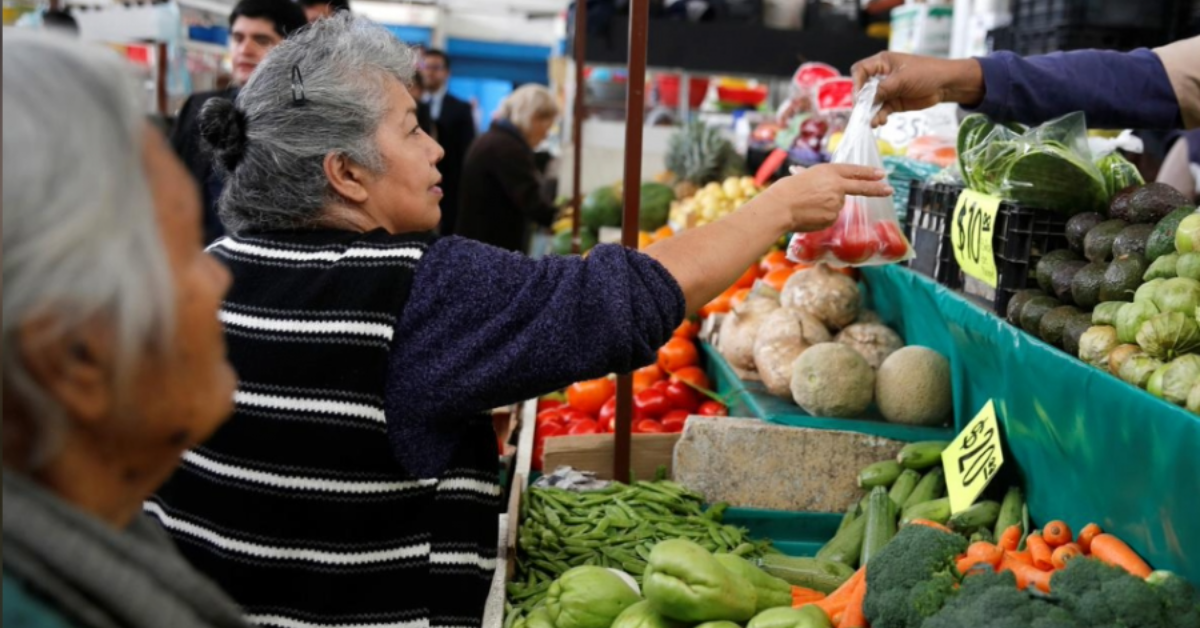Puerto Vallarta, Mexico – In a recent turn of events, the Mexican peso has faced significant depreciation against the U.S. dollar, as the price of the dollar soared to over 21 pesos at Mexican banks. The interbank exchange rate, which is primarily used for closing contracts, exports, and debt transactions, also saw the dollar climb above 20 pesos. Experts have attributed this fluctuation to the economic uncertainty triggered by the ongoing judicial reform discussions in Congress.
The rise in the value of the dollar has raised alarm among financial analysts and economists, who are warning of the inevitable increase in the prices of essential goods and services. These include food, medicine, fuel, electronics, computers, and both public and private transportation services, as well as everyday items, according to specialists consulted by Publimetro.
Banking and Interbank Rates Surge
Amid the discussions surrounding the imminent approval of judicial reform in Congress, the price of the dollar in banks reached a maximum of 21.23 pesos for sale. This represents a 23-cent increase compared to the previous day’s close, reflecting the growing volatility in the exchange market.
The Bank of Mexico (Banxico) reported that, at the interbank level—or in wholesale operations—the exchange rate hit a peak of 20.14 pesos per dollar earlier in the day on Thursday, before closing slightly lower at 19.93 pesos. Despite this late-day adjustment, the peso has already experienced a depreciation of 2.06% this week alone.
So far in 2024, the peso has seen a significant decline in value, with a 22.43% drop against the U.S. dollar in the retail market. In the wholesale or interbank market, the national currency has depreciated by 0.50% over the past seven days, accumulating a total loss of 16.96% since the beginning of the year.
The Impact of Peso Depreciation on Mexicans
According to Ramón Martínez, a finance and economics specialist from the School of Banking and Commerce (EBC), the recent rise in the value of the U.S. dollar will have serious repercussions for Mexican consumers. He estimated that roughly 10% of Mexicans’ purchasing power will be eroded by the peso’s depreciation, meaning that for every 100 pesos spent, approximately 10 pesos will be directly tied to the weakened value of the national currency.
Martínez outlined four key areas where this devaluation will directly impact Mexican households:
- Food Prices: Mexico imports a significant portion of its basic foodstuffs, including corn, wheat, beans, eggs, chicken, and certain meats. These imports are typically priced in dollars, meaning that as the peso weakens, the cost of these essential goods rises. Consumers can expect to see higher prices at the grocery store, further straining household budgets.
- Oil and Its Derivatives: Although global oil prices have seen a downward adjustment recently, the devaluation of the peso means that Mexicans will not see these savings reflected in domestic prices. Instead, the cost of oil-based products such as paints, textiles, cosmetics, and plastics will continue to rise, driving up expenses for both consumers and businesses.
- Electronics and Computers: Many electronic devices, including computers, smartphones, and home appliances, are imported from abroad and priced in U.S. dollars. The depreciation of the peso will lead to higher costs for these goods, affecting not only individuals but also small businesses that rely on imported technology to operate.
- Transportation Costs: The increase in fuel prices due to the peso’s depreciation will have a cascading effect on both public and private transportation. As fuel becomes more expensive, fares for taxis, buses, and ride-hailing services are expected to rise, further squeezing the average consumer’s budget.
Broader Economic Concerns
The depreciation of the peso against the dollar is not an isolated issue, as it has been compounded by the uncertainty surrounding Mexico’s proposed judicial reform. The reform, which is currently being discussed in Congress, has generated widespread concern over its potential to disrupt the country’s political and economic stability. Investors and financial markets are responding with caution, leading to fluctuations in the exchange rate and increasing inflationary pressures.
For Mexico, a country that relies heavily on trade with the United States, the devaluation of the peso presents serious challenges. As the cost of imports rises, businesses may struggle to maintain profit margins without passing on additional costs to consumers. Meanwhile, inflationary pressures may erode the purchasing power of millions of Mexican families, exacerbating existing inequalities.
Puerto Vallarta, Mexico - In a recent turn of events, the Mexican peso has faced significant depreciation against the U.S. dollar, as the price . . .












